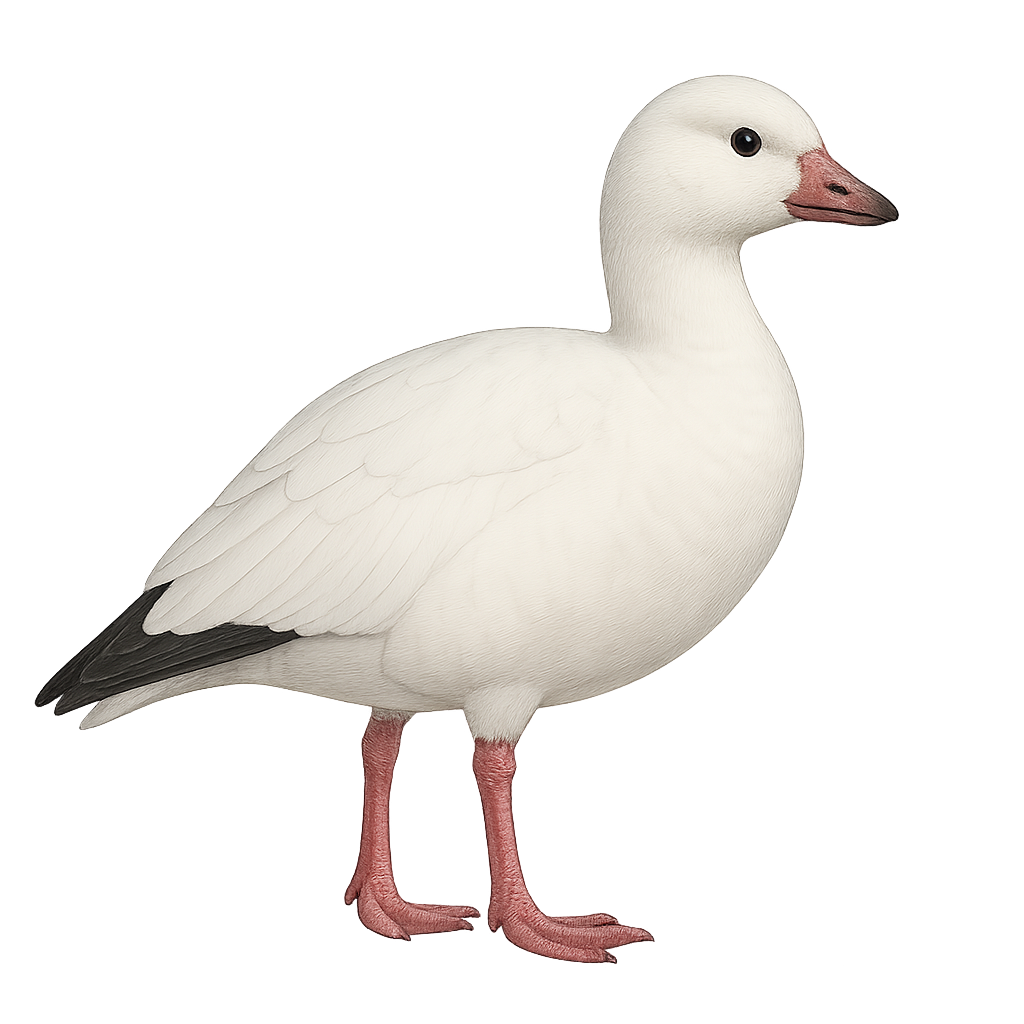Your wildlife photography guide.
Explore the ross's goose in detail, study its behavior, prepare your shots.
Where to observe and photograph the ross's goose in the wild
Learn where and when to spot the ross's goose in the wild, how to identify the species based on distinctive features, and what natural environments it inhabits. The WildlifePhotographer app offers tailored photography tips that reflect the ross's goose’s behavior, helping you capture better wildlife images. Explore the full species profile for key information including description, habitat, active periods, and approach techniques.
Ross's Goose
Scientific name: Anser rossii

IUCN Status: Least Concern
Family: ANATIDAE
Group: Birds
Sensitivity to human approach: Suspicious
Minimum approach distance: 10 m
Courtship display: May to July
Incubation: 22-23 jours
Hatchings: June to August
Habitat:
Wetlands, lakes, flooded meadows
Activity period :
Primarily active during the day, with peak activity in the morning and late afternoon.
Identification and description:
The Ross's Goose is a small-sized species, characterized by its pure white plumage and short pink bill. It stands out due to its compact size and elegant demeanor. Adults display a uniform coloration, while juveniles have grayer tones. This migratory species is mainly observed in North America, nesting in Arctic regions and migrating south for winter. It frequents wetlands, lakes, and flooded meadows. Although its conservation status is currently stable, it remains vulnerable to climate change and habitat loss.
Recommended lens:
400mm – adjust based on distance, desired framing (portrait or habitat), and approach conditions.
Photography tips:
To photograph the Ross's Goose, it is advisable to use a telephoto lens of at least 400mm to capture detailed images without disturbing the bird. Opt for the golden hours of morning or evening to benefit from soft and flattering light. Wetlands and lakes are ideal places to observe and photograph this species. Be patient and discreet to avoid scaring the bird, and use a tripod to ensure the stability of your shots.
The WildlifePhotographer App is coming soon!
Be the first to explore the best nature spots, track rutting seasons, log your observations, and observe more wildlife.
Already 1 430 wildlife lovers subscribed worldwide

